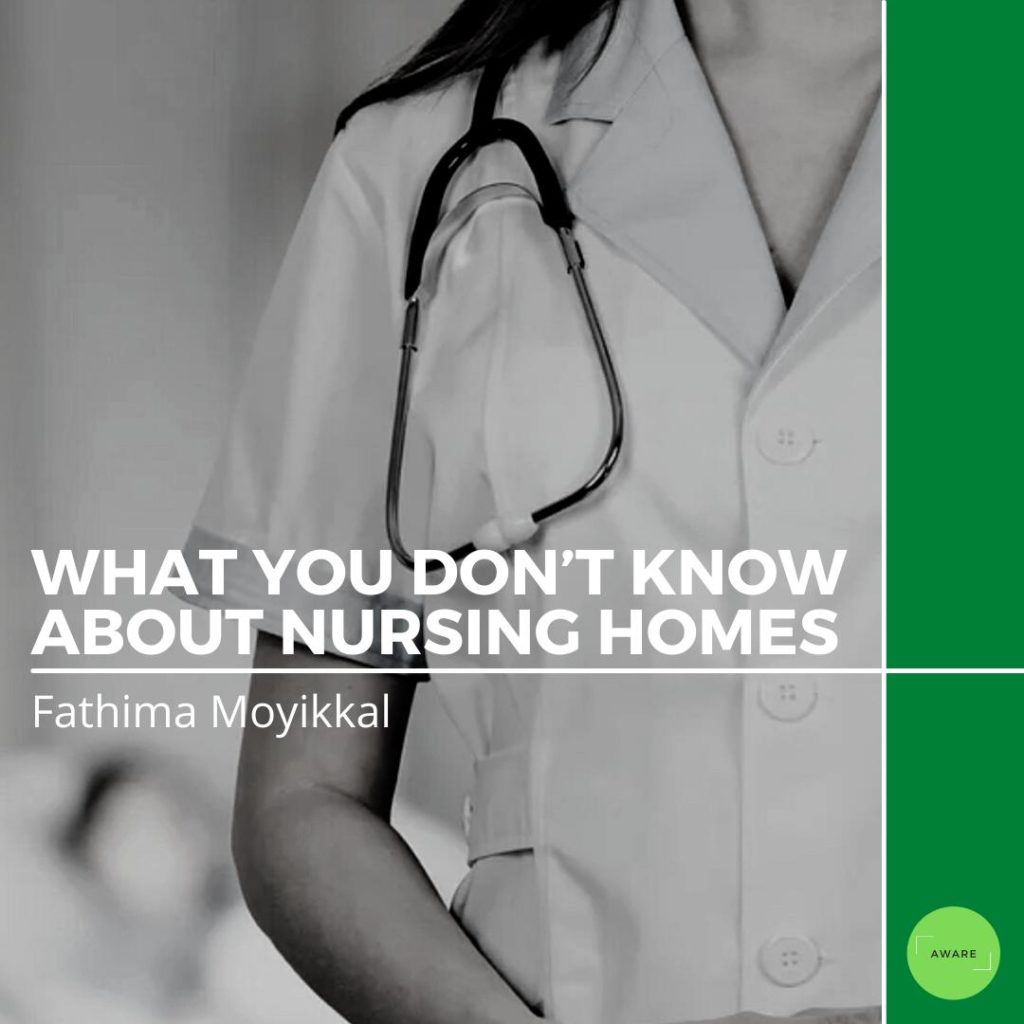Just like many facilities around the world, the pandemic has negatively impacted nursing homes and their residents. However, the situation in nursing homes was not great to begin with. Today, many research studies have been successful in bringing forth attention to the darker and less publicized version of nursing homes. As much as it seems like a modern concept, nursing homes date back to the 17th century with the almshouses brought to America by the English. These almshouses provided shelter and daily meals to not just the elderly but also to orphans and the mentally ill. Current-day nursing homes are mainly built for the elderly.
When a family decides to put their elder in a nursing home, one of the first concerns they tend to have is finding a good nursing home. Usually, individuals look into the ratings of nursing homes to rank their choices. Unfortunately, most of these ratings are skewed. The main reasons are that these ratings are based on self-reported data provided by the nursing homes themselves, and there is no verification process to confirm the information. Overall, the experiences of both the staff and residents have been so awful that it brings up the discussion of improving nursing homes.
The Experience of Nurses
The medical profession itself is difficult. Medical professionals are usually going through psychological distress and exhaustion because of the very nature of the occupation. Nursing staff members in nursing homes are some of the most overworked and underpaid professionals in the healthcare field. Due to the conditions in the nursing homes and the difficulty in dealing with sick elderly individuals means that there is very low interest in working in nursing homes. As such, nursing homes are usually understaffed, and the current staff members are usually overworked as they take extra shifts and duties. This situation ends up leading to having a heavy workload and following irregular schedules. In turn, these work circumstances lead to work-family conflict that ends up increasing the likelihood of mental health issues within staff members.
Additionally, the nursing staff is also likely to experience physical violence from their disoriented and psychiatric patients. Survey responses display that an overwhelming majority of nurses experience physical violence such as being scratched, pinched, slapped, or punched during their careers. Members are also likely to experience hair pulling, choking, biting, and being struck by an object in nursing homes and psychiatric wards. The majority of nurses have negative experiences working in nursing homes.
The Experience of Patients
Elderly patients are some of the most vulnerable groups of individuals. The elderly in nursing homes are even more vulnerable to psychological harm and physical harm. Researchers found that anxiety, depression, and psychological harm were high in residents of nursing homes. The idea of living in a nursing home away from the family, friends, and people they have known in their lives is distressing on its own for the elderly. On top of that, most nursing homes do not provide adequate care to the elderly. For example, inadequate medication management has been one of the causes of elderly residents becoming more ill than they were outside the nursing homes. Moreover, a high percentage of victims of elder abuse are those who suffer from dementia. The nursing homes in rural areas are also subject to more elder abuse than those in urban areas. Researchers predict that this phenomenon is because of the interest of skilled workers to work in urban areas. Eventually, this can lead to less-skilled workers working in rural areas. As a result of all these factors, residents of nursing homes report more negative experiences than positive ones living in nursing homes.
Interventions and Solutions
Although the darker side of nursing homes has been more prominent in the media during the past few years, adequate solutions and interventions have not been put in place. Policies and bills have rarely improved the situation. Nevertheless, with the surge of technology, nursing homes have been setting up surveillance cameras, physiological monitoring devices for the elderly, and sensor-based technology to determine elder abuse and lessen its consequences. Still, more work has to be done, and that requires implementing solutions from different levels – from the top administration to the individual residents.
